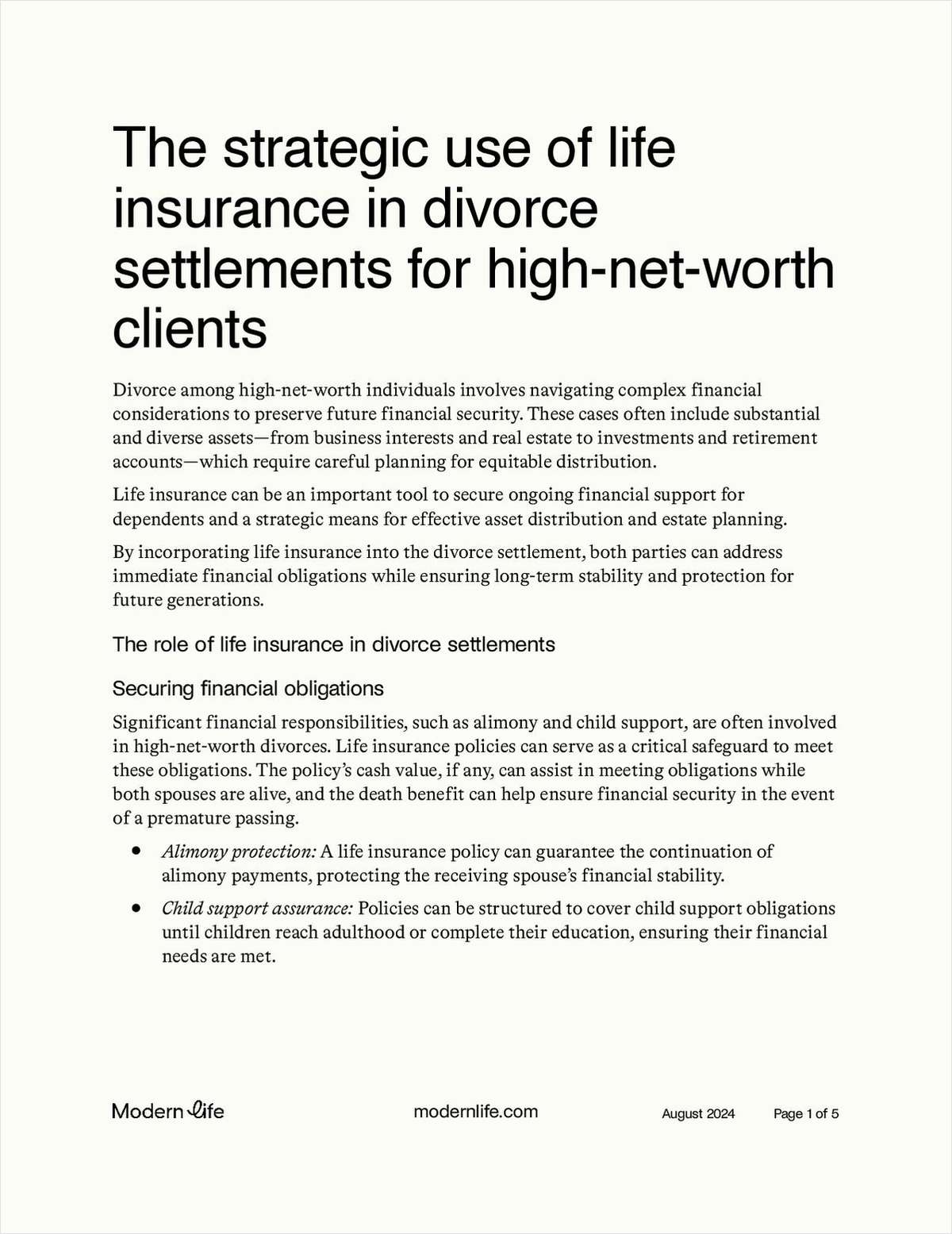Harry Truman lived for many years in Independence, Mo., a few miles from where I grew up in Kansas City, Mo.
He's famous for saying, "Give me a one-handed economist! All my economists say, 'On the one hand, on the other.'"
It would be great if I could be a patriotic Missourian and get by with thinking about health insurance with just one hand, but I also have a bachelor's degree in economics from Washington University in St. Louis, and the basic theme there was, if you want to look at all of this properly, you'd better be an octopus. Or a millipede. The more hands, the better.
In some ways, health care is like any other product. The less it costs, the more people get. The more it costs, the less they get. The unsettling truth is that the market "rations" routine care – limits use of it — every day.
Sometimes, the system limits use of care the usual way, by using high fees, co-payments, coinsurance percentages or other out-of-pocket costs to scare off people who visit doctors for the joy of having someone listen to them rambling on about their foot fungus.
More often, of course, the system limits use of care by imposing other types of barriers, such as problems with getting an appointment at a convenient time in a convenient location, to using any routine care that is not desperately wanted.
But, of course, health care is unlike most other products because it has to do with life and death, sick people, babies and elderly people.
Governments have used tax money (or slave labor, or both) to help fund health care since the days when Greek temples provided care based on a combination of surgery and prophecy.
In our hearts, most of us want society to spare no expense when it comes to providing necessary care for a cute baby or that sweet old lady who lives down the street. Our hearts pour out for the ailing child on the cover of the magazine.
But, for people who aren't related to us, our unlimited compassion tends to max out at about $20. Maybe $100, in extreme cases.



